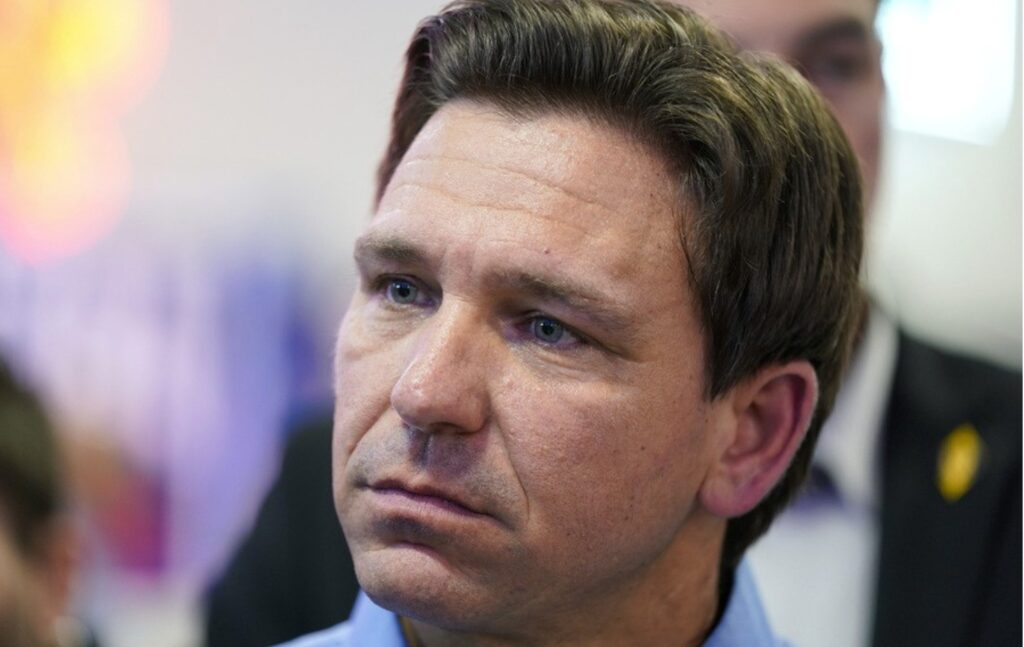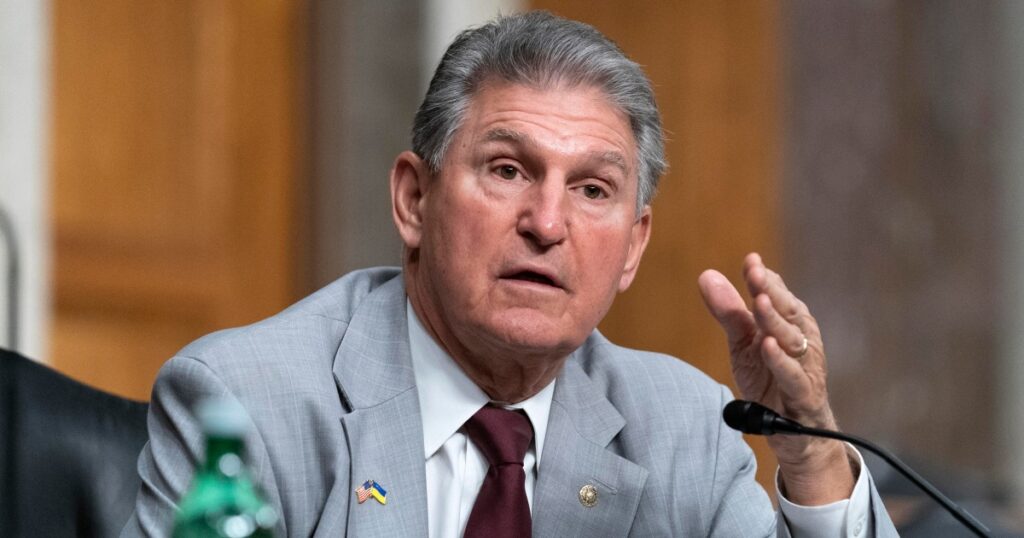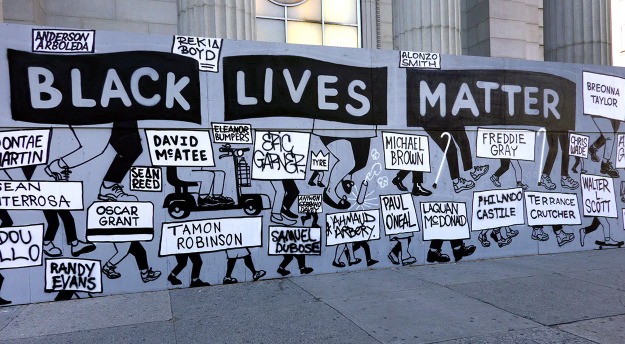Ukrainian Marines Advance Towards Mariupol, Assisted by Controversial Cluster Munitions
Ukrainian marines have made significant progress in their counteroffensive towards the key port city of Mariupol, with the recent recapture of the village of Urozhaine. This advancement appears to have been partially aided by the use of controversial cluster munitions by the Ukrainian military.
Confirmation of the village’s liberation came from Ukraine’s Deputy Defense Minister Hanna Maliar, who revealed that heavy artillery fire prevented immediate entry into the village as Russian forces shelled Ukrainian troops. Drone footage of the intense fight for Urozhaine has emerged, showing Russian troops fleeing to the south of the village and being shelled, possibly by cluster munitions.
According to Dykyi, an assault company commander, many Russian troops died during their retreat. The videos also reveal that Russian troops were forced to use the open road as adjacent fields and treelines had been mined. The Russians sought refuge in houses, which were then hit by artillery.
The use of cluster munitions by the Ukrainian military has sparked ethical debate within the Biden administration. While these weapons are effective against infantry on open ground, they scatter small droplet explosives that often fail to detonate and can pose a long-term hazard to civilians. It is worth noting that more than 100 countries have banned the use of cluster weapons, but Ukraine, Russia, and the United States are not signatories to this international treaty.
The US military claims that the cluster munitions they supplied to Ukraine have an improved “dud” rate, with only 2.5% of them failing to detonate on dispersal. However, critics remain skeptical of this claim, especially when compared to the alleged 30% dud rate of Russian cluster weapons.
While the Ukrainian military has confirmed the use of US weapons on the frontlines, they have not provided specific details. It is unclear whether the cluster munitions identified in the Urozhaine videos were US-supplied or domestically produced by Ukraine.
The recapture of Urozhaine represents progress in a grueling counteroffensive, where gains have been measured in meters rather than miles. Ukrainian troops have faced unexpected resistance and have been slowed down by heavily fortified Russian defensive lines and extensive landmines.
Despite recent criticism of the slow progress, Ukrainian officials have emphasized their focus on destroying Russia’s capabilities and disrupting its logistics. The 35th Marines, who have experienced losses in their push south, are hostile to armchair assessments from Western officials and analysts who may not fully understand the realities of the battlefield.
In the words of Dykyi, “If you don’t understand that, you can sit in your armchair and eat your popcorn.”
Ukraine’s Advancing Counteroffensive Gains Momentum with Strategic Support
In recent months, Ukraine has witnessed a significant shift in the dynamics of its ongoing conflict with Russia-backed separatists in the eastern regions of Donetsk and Luhansk. The Ukrainian Armed Forces, bolstered by strategic support from international allies, have launched a successful counteroffensive, gaining momentum and reclaiming lost territories. This development marks a turning point in the conflict and offers a glimmer of hope for a peaceful resolution.
Since the outbreak of the conflict in 2014, Ukraine has faced numerous challenges in its efforts to regain control over the separatist-held territories. The Russian-backed rebels, armed with sophisticated weaponry and supported by Moscow, have posed a formidable obstacle to Ukraine’s aspirations for territorial integrity. However, recent developments have shown that Ukraine is not alone in its struggle.
Strategic support from international partners has played a crucial role in Ukraine’s advancing counteroffensive. The United States, European Union, and NATO have all stepped up their assistance to Ukraine, providing military aid, training, and intelligence sharing. This support has not only bolstered Ukraine’s military capabilities but has also sent a strong message to Russia that the international community stands united in support of Ukraine’s sovereignty.
One of the key factors contributing to Ukraine’s recent successes has been the implementation of a comprehensive military reform program. Over the past few years, Ukraine has undertaken significant efforts to modernize its armed forces, improve command and control structures, and enhance the professionalism of its soldiers. These reforms have resulted in a more efficient and capable military, better equipped to confront the challenges posed by the separatists.
Furthermore, Ukraine’s counteroffensive has been characterized by a more strategic and coordinated approach. The Ukrainian Armed Forces have adopted a combination of conventional and unconventional tactics, utilizing both regular troops and specialized units to retake lost territories. This multifaceted approach has proven effective in dislodging the separatists from key strongholds and disrupting their supply lines.
Another crucial aspect of Ukraine’s advancing counteroffensive has been the increased involvement of local communities in the conflict. The Ukrainian government has made significant efforts to engage with the local population, providing support and resources to those affected by the conflict. This approach has not only helped to win the hearts and minds of the people but has also undermined the separatists’ narrative and weakened their support base.
While Ukraine’s recent successes are undoubtedly significant, challenges still lie ahead. The conflict in eastern Ukraine is far from over, and the ultimate goal of achieving a lasting peace remains elusive. Russia’s continued support for the separatists, coupled with its unwillingness to engage in meaningful negotiations, poses a significant obstacle to a peaceful resolution.
However, Ukraine’s advancing counteroffensive, supported by strategic assistance from international partners, has injected new hope into the conflict. It has demonstrated that Ukraine is not alone in its struggle and that the international community is committed to upholding Ukraine’s sovereignty and territorial integrity. This support, combined with Ukraine’s military reforms and strategic approach, has given Ukraine the momentum it needs to continue its fight for peace.
As the conflict in eastern Ukraine continues, it is imperative that the international community remains steadfast in its support for Ukraine. Diplomatic efforts must be intensified to pressure Russia into meaningful negotiations and to find a peaceful resolution to the conflict. Only through a combination of military strength, strategic support, and diplomatic engagement can Ukraine hope to achieve a lasting peace and regain control over its sovereign territories.








